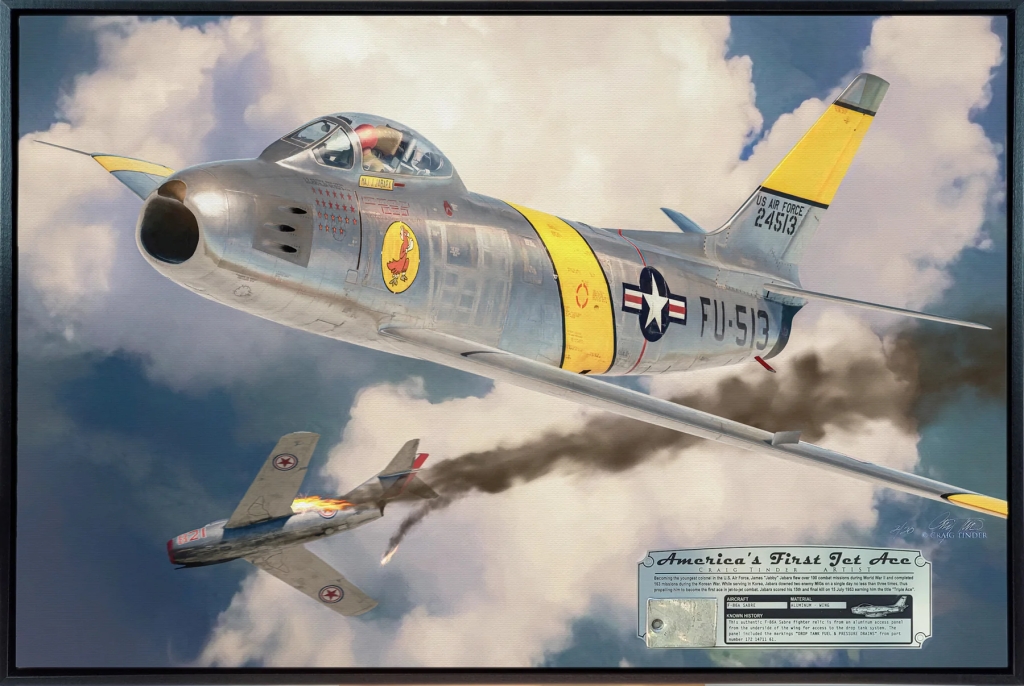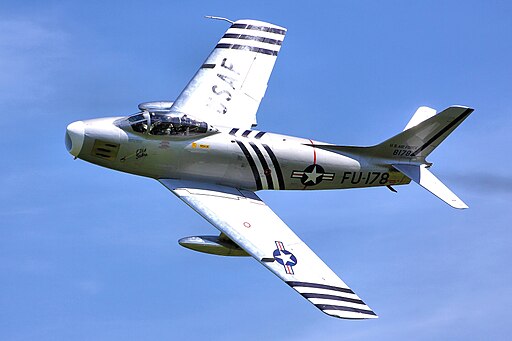Throughout aviation history, few rivalries sparked as much debate as between the Soviet MiG-15 and the American F-86 Saber. Pitted against each other in the skies over Korea, these metallic gladiators were the zenith of early jet combat, embodying the technological aspirations of their respective nations. But delving beyond the thrill of dogfights and aerial jousts, which of these aircraft held the edge?
To dissect this problem, we must first acknowledge that both aircraft were technological marvels of their time. Emerging from the tense beginnings of the Cold War, these jets showcased how fast technology was advancing in jet propulsion, aerodynamics, and armaments.
The MiG-15, flaunting its dramatic swept-back wings and powerful weapons, truly made its mark as a formidable machine in the skies. It boasted an altitude advantage, often enabling it to initiate or evade combat at its discretion. With their huge caliber, its cannons could obliterate adversaries with just a few well-placed shots. The MiG was a raw embodiment of power, mirroring the audacious aspirations of the burgeoning Soviet aviation industry.
Conversely, the F-86 Saber exuded sophistication. It brandished a radar gunsight, an innovation that augmented its accuracy, granting American pilots a qualitative edge in engagements. Furthermore, its hydraulic flight controls rendered it incredibly responsive, allowing deft maneuvers often outclassing the MiG in close quarters. The Saber was a meld of technology and finesse, echoing the American emphasis on pilot-centric warfare.
Yet, battles aren’t just won in the skies – they’re influenced profoundly by ground realities. The Saber benefited from superior training paradigms and combat tactics, a legacy of the vast experience garnered by American pilots during World War II. The MiG-15 pilots, while skilled, often needed more nuanced depth of combat experience.
Given its robust construction, the MiG-15 was usually more straightforward to fix and maintain, which was a real advantage considering the constant rough and tumble of aerial combat.
So, which was better? The question, laden with complexities, needs a more rigid answer. In terms of sheer technological prowess, the F-86 Saber often held a slim edge. However, the MiG-15 fiercely held its own when considering robustness and adaptability.
In essence, the MiG-15 and F-86 Saber, beyond their metal and rivets, symbolized the evolving philosophies of air combat: raw power juxtaposed against refined technique, rugged pragmatism against sophisticated innovation. Their legendary duels remain a testament to the indomitable spirit of human invention, serving as iconic chapters in the endless quest for aerial supremacy.
For more insights into the F-86A Sabre and other important military aircraft, visit Aces In Action. Here, you’ll find an amazing piece of artwork by Craig Tinder titled “America’s First Jet Ace,” which illustrates Triple Ace James “Jabby” Jabara during the Korean War, where he earned the distinction of America’s First Jet Ace. The limited edition canvas print even includes a piece of authentic F-86A Sabre fighter relic from an aluminum access panel from the underside of the wing for access to the drop tank system, making it a unique piece of history!
America’s First Jet Ace – F-86A Sabre Fighter Aviation Art by Craig Tinder
Becoming the youngest colonel in the U.S. Air Force, James “Jabby” Jabara flew over 100 combat missions during World War II and completed 163 missions during the Korean War. While serving in Korea, Jabara downed two enemy MiGs on a single day no less than three times, thus propelling him to become the first ace in jet-to-jet combat. Jabara scored his 15th and final kill on 15 July 1953 earning him the title “Triple Ace”.


